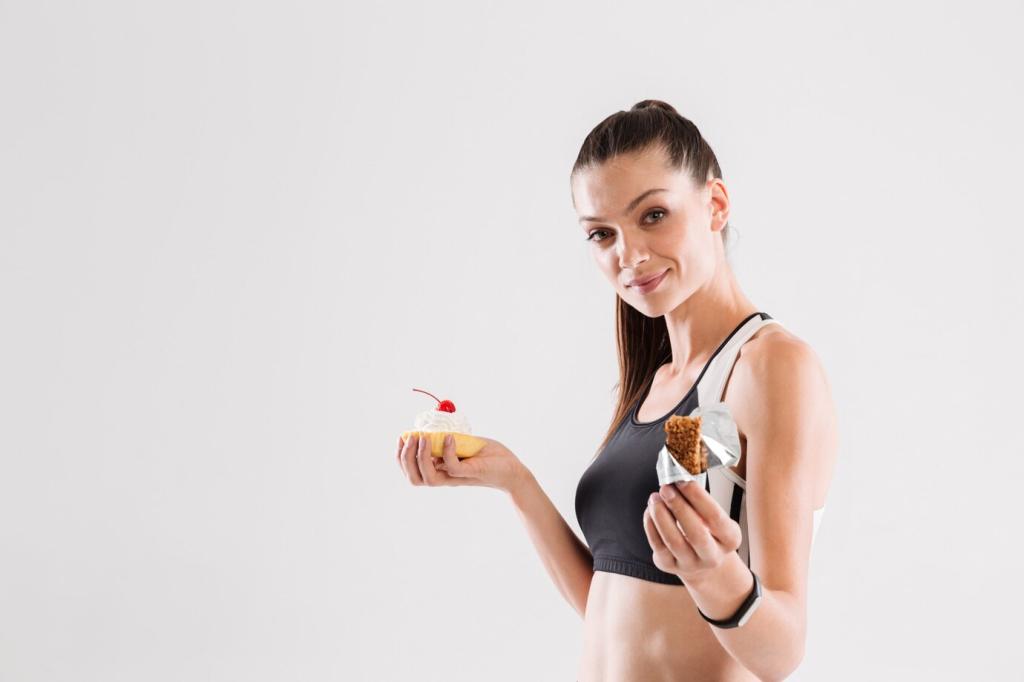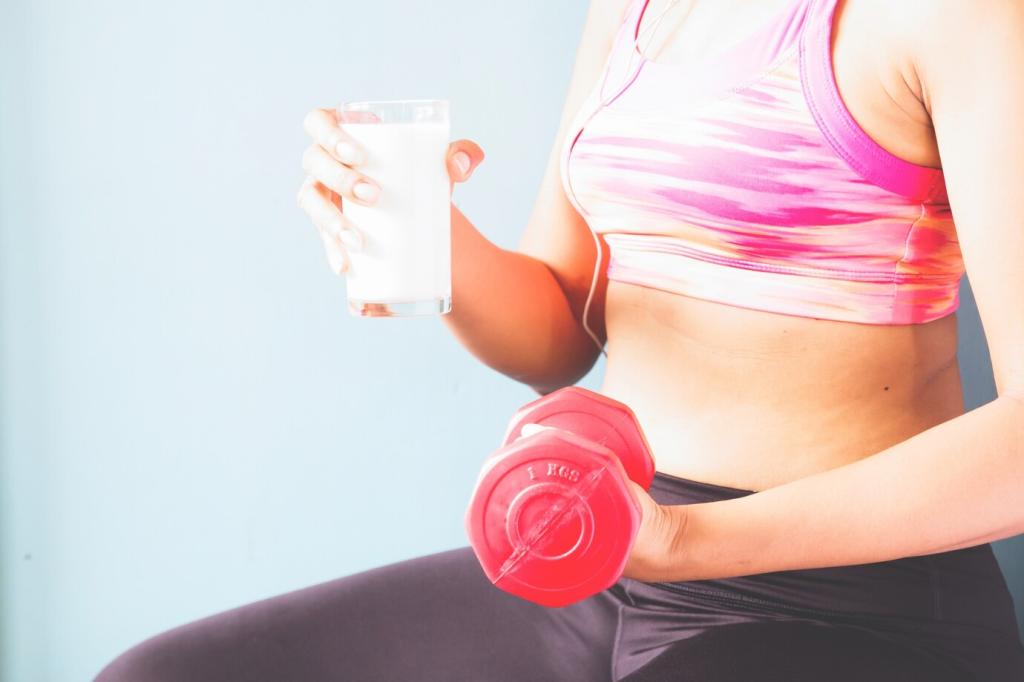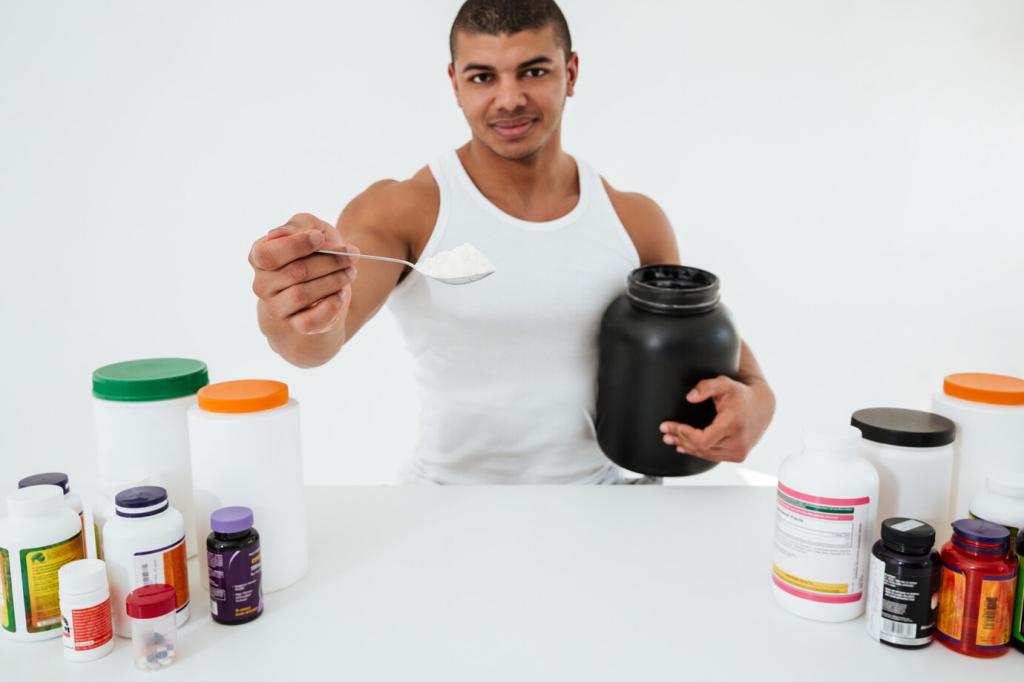Mindful Hydration Strategies for Active Lifestyles
Chosen theme: Mindful Hydration Strategies for Active Lifestyles. Welcome to a practical, human-first guide to drinking with intention, moving with clarity, and listening to the subtle cues your active body whispers all day long.
Why Mindful Hydration Matters for Active Bodies
The 2% Rule and Your Brain
Even a two percent body mass fluid loss can dull decision-making, slow reaction time, and sap endurance. Mindful hydration means noticing early signs—dry mouth, fuzzy focus, heavy legs—and acting with small, steady sips before performance fades.
Sweat Rate Is Uniquely Yours
Two runners can finish the same route with vastly different salt streaks and shirt weights. Track your sweat rate by comparing pre- and post-workout body mass, then tailor fluids accordingly. Share your number and how terrain or weather changes it.
Urine Color, Context, and Caveats
The old color chart helps, but context matters. Vitamins, coffee, and beets can skew the hue. Mindful hydration pairs objective cues with how you feel: urge to sip, lightheaded moments, or lingering thirst after training sessions.
Pre-Workout Hydration Rituals You Can Trust
Give your body time to absorb fluids by taking a planned drink roughly two hours before hard training. Add a final, lighter top-off ten to fifteen minutes before you start. This small rhythm primes muscles and reduces mid-run sloshing.

Smart Sipping During Training
Sip Patterns Synced to Breath
Link tiny sips to natural breaks—every ten to fifteen minutes, or at the top of a hill. Syncing with breath or landmarks keeps intake consistent. Mindfulness turns routine sips into a reliable metronome for endurance and focus.
Electrolyte Mixes: When Water Isn’t Enough
Long, sweaty sessions often need sodium and carbs to keep the engine running. Start light, then increase strength in heat or heavy sweat conditions. Log taste, stomach comfort, and energy so you can refine your blend with confidence.
Avoiding Hyponatremia in Endurance Events
Overdrinking plain water can dangerously dilute blood sodium. Drink to a plan informed by sweat rate and weather. Watch for swelling fingers, unusual fatigue, and nausea. Share your race-day hydration strategy so others can learn from your approach.
Recovery Rehydration That Actually Sticks
Weigh-In Method to Replace Losses
A simple scale reading before and after helps estimate fluid needs. Replacing roughly one and a half times the lost weight in fluids over several hours supports rehydration. Add electrolytes if your session was humid, long, or salt-heavy.
Milk, Broth, and Citrus for the Win
Fluids with electrolytes and a touch of protein can improve retention. Low-fat milk, light broth, or water with citrus and a pinch of salt all work. Notice which combo leaves you satisfied rather than bloated or still thirsty.
Cooldown Check-In: A Mindful Minute
After training, sit or walk slowly, breathe, and scan for cues: dry tongue, headache, sluggish mood. Write one sentence in your log about what worked. Comment with your favorite recovery drink recipe to inspire the community.

A Marathoner’s Salt-Tab Epiphany
Maya faded at mile twenty until a coach noticed crusted salt lines on her cap. She added a measured electrolyte plan next race and held pace. Her reflection: mindful testing beats race-day guesswork every single time.

The Hiker Who Packed Ice but Forgot Salt
Luis carried plenty of cold water in the desert but came back with a pounding headache. The fix was simple: a balanced electrolyte mix and salty snacks. His next trek felt cooler, steadier, and finally, genuinely enjoyable.
Tools, Logs, and Tiny Habits
Weigh yourself, train for an hour, log fluids taken, then weigh again. Factor bathroom breaks, weather, and clothing. Repeat across temperatures. This simple experiment reveals patterns you can confidently translate into everyday mindful hydration choices.
Tools, Logs, and Tiny Habits
Set gentle reminders that align with your schedule, not constant pings. Pair alarms with natural breaks like route turns or set changes. Over time, you’ll need fewer prompts because mindful patterns become second nature and pleasantly automatic.
Tools, Logs, and Tiny Habits
Mark discreet lines for time targets, add a wrist lanyard, or choose a texture you enjoy holding. A bottle that feels good becomes a cue to sip. Post a photo of your setup and inspire another reader’s routine.
Travel, Heat, and High Altitude
01
Air travel dries you out fast. Bring an empty bottle to fill post-security, add electrolytes on long flights, and sip regularly. Walk the aisle to reset your cues, then continue mindful sipping during the first light session after landing.
02
In scorching heat, partially freeze a bottle so it melts gradually during runs. Add sodium to improve fluid retention and encourage steady sipping. Track how your energy holds compared to plain water, then refine concentration for the next session.
03
At altitude, drier air and faster breathing increase fluid needs even when it feels cool. Start the day with a measured glass, add electrolytes for long hikes, and check urine color. Share your best mountain hydration hacks with us.
